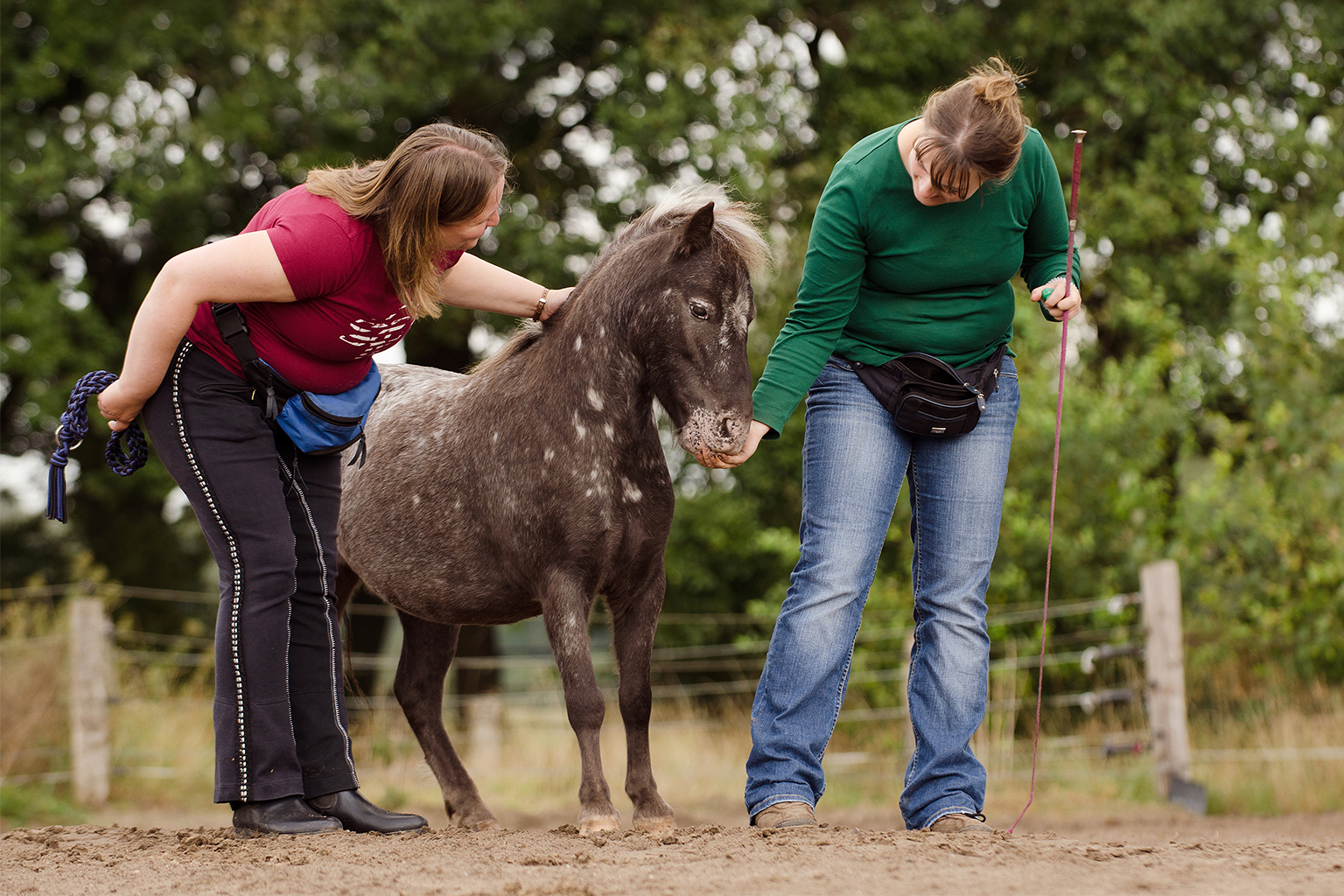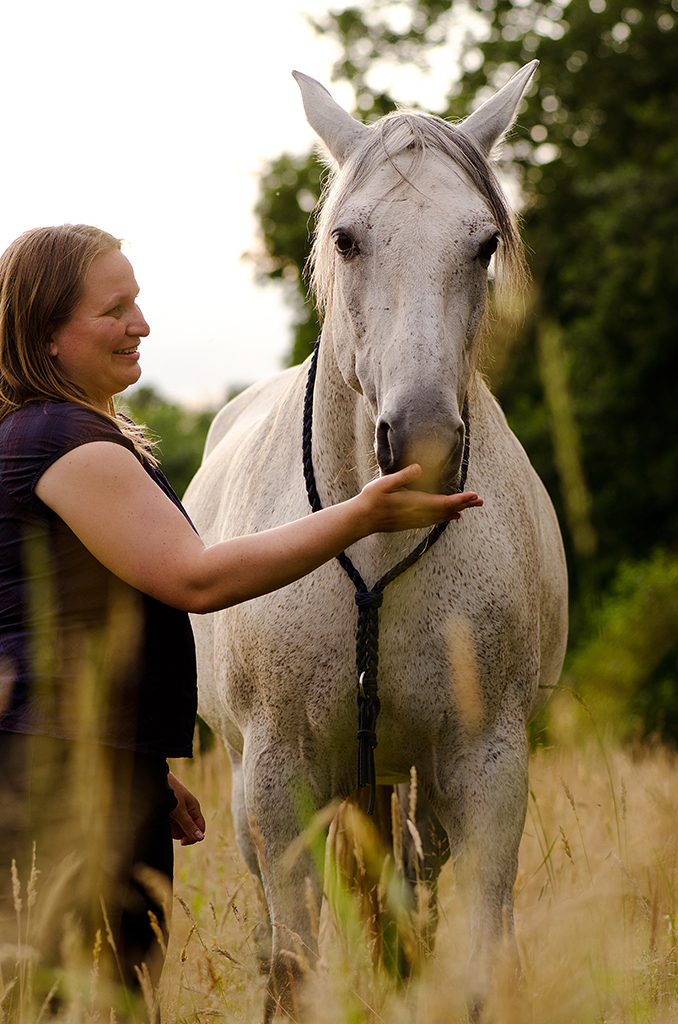Keyword: Rate of rewards

How many clicks-per-minute?
Apart from the actual criterion for rewarding, or in other words the question about the specific behavioral response for which the horse receives a click and a reward, precise timing or marking accurately as well as an adequate rate of rewards are essential for successful training. In short, the rate of clicks should be adjusted to the experience level of the horse, the specific training situation, the training objective, and the form of reward. It should be as high as possible in order to guarantee a positive history of rewards. Yet, what is a high rate of rewards; is it two clicks in each unit or rather twenty-five?
With reference to a minute
When talking about a rate of reward, expert trainers mostly refer to clicks or rewards per minute in order to determine whether a rather low, medium, or a high rate of rewards is involved. A rather low rate of rewards is used for everyday situations that are well-known unless one deliberately aims for renewing a behavioral response, and does not want to let the rate of rewards drop too low. In contrast, new forms of behavior and fine details are established with a rather high, sometimes very high rate of rewards. This means that sometimes more than TWENTY clicks and rewards PER MINUTE are nothing unusual. It also means that we have to perform a complex action (click, movement with the hand, and handing over the treat in position) as a form of feedback for our horse every three seconds. This frequently enables us to perceive tiny muscular contractions, and that in turn helps the horse to clarify its whole flow of movement. However, such a high rate of rewards asks human and horse alike to maintain an extremely high amount of focus, and can, therefore, only be performed in a reasonable way over short periods of time.
Good technique required
Furthermore, the human trainer needs to have an excellent technique for handing over the treat if we choose a very high rate of rewards. On one hand, the trainer has to closely monitor the horse’s behavior, and precisely mark it. On the other hand, the trainer needs to be able to hand the treat over in split seconds; precisely at a spot that is chosen to further the horse’s progress in training. The point of reward needs to be picked at lightning speed, and must be precisely located because it has a huge influence on reaching one’s training objectives.

Train rewarding
We can get an idea about possible opportunities for optimization in training if we take a look at our average number of rewards per time unit, so to say at our own clicks per minute. There is room for improvement in terms of skill and speed for most of us, and this in turn helps our horses to better comprehend our intentions. Partner exercises without horse but with other friends and trainers can serve well to increase our skills in this area. When we increase our rate of rewards, we also risk acting with less precision and are likely to have a higher rate of errors. An uninvolved observer might be able to detect this, and can identify our mistakes for us.
Marlitt Wendt & Conny Ranz


